
New outdoor classrooms at Barnard Environmental Magnet
Since Spring 2013, Common Ground has been collaborating with a team of strong partners — Audubon Connecticut, the U.S. Fish & Wildlife Service (USFWS), the City of New Haven, Yale Peabody Museum, Urban Resource Initiative, and others — to create one of the nation’s first urban wildlife refuges. This project has restored habitats at New Haven parks, on Common Ground’s own campus, at neighborhood greenspaces — and now at three New Haven K-8 schools.
In June, these three local schools are unveiling the most recent result of this exciting partnership. You can join to see the results of their hard work!
Worthington Hooker School – Monday, June 16, 1-2pm. Worthington Hooker School – already home to a pollinator garden – is expanding the Schoolyard Habitat with two new projects. The third and fourth graders envisioned a hands-on habitat garden, with a nature trail and a specimen garden and compost/soil lab. The 6-7-8th grade Ecos gardening club designed an outdoor classroom and shade garden, nestled next to the cafeteria windows.
Columbus Family Academy – Wednesday, June 18, 12:30-2:30. Columbus students, staff, and community volunteers are creating a courtyard habitat for butterflies and other pollinators including a water feature; two “life under logs” areas for digging, finding and learning about bugs, and exploring soil and decomposition; and a “lore plants” area for learning about medicinal and other traditional uses of plants.
Barnard Environmental Magnet School – Monday, June 23, 2-3pm. At Barnard, Phase I of work is to clear and create a trail around one of the selected learning zones/ outdoor classroom areas. Common Ground will support the Barnard team as they begin native planting around this area, and install an outdoor chalkboard to support classroom use of this area.
This project reflects hard work by leadership teams at each partner school — and a strong set of external partners. Common Ground, Audubon CT, and the U.S. Fish & Wildlife Service have worked as the Schoolyard Habitat Team, facilitating a planning process with leadership teams at these three local K-8 schools to design and build schoolyard habitats that provide important wildlife habitat and create outdoor learning opportunities for students. The Yale Peabody Museum also stepped up, working with schools to develop outdoor interpretive signs for their new habitats. “The program began last spring and with funding from The American Honda Foundation and other generous folks we were able to continue to grow the program and let it prosper throughout the year,” explained Jesse Delia, Common Ground Staff member and leadership team coordinator.

Courtyard habitat plantings at Columbus School.
The Schoolyard Habitat Team started working with the three K-8 schools this past fall, offering shared expertise in habitat design and construction, natural history, community engagement, environmental education and curriculum design, and teacher professional development. Using the USFWS Schoolyard Habitat guide paired with Audubon CT’s Schoolyard Habitat Curriculum Guide, Common Ground was able to build on and deepen our relationships and connections with local schools, running programs for both students and teachers that reflect our commitment to community building. “There were three areas that we really wanted to focus on: making sure the students and school community were involved with the entire process, building the actual habitats, and ensuring teachers felt comfortable teaching outside the classroom” explained Delia. The goal of this project throughout has been sustainability: supporting schools in creating self-sustaining habitats and outdoor spaces that students and teachers feel comfortable and excited to teach and learn in for many years to come. “The U.S. Fish & Wildlife Service and Audubon have led extremely successful schoolyard habitat efforts all over the country. Common Ground has a ton of experience working in and outside of the classroom with environmental curriculum so there was an obvious connection and all the organizations felt that they could offer something unique to the experience,” explained Jill Keating Herbst, Common Ground Staff Member and teacher professional development coordinator.
Common Ground staff and students have offered expertise in environmental education, creating outdoor learning spaces, and teacher professional development. As planning for the habitats was happening, Common Ground educators ran after school programs at the three partner schools for groups of 24 students, exploring outside and learning about wildlife habitats. To ensure the habitats will be sustained, each school’s leadership team consists of parents, local community members, and administrators at each school and has created a two year master plan. Herbst and staff from Audubon CT worked with teachers from each school on how to integrate the habitats into their lesson plans, and Audubon CT and USFWS visited the classrooms to model and lead lessons with students alongside teachers. To help ensure that the habitats were built Common Ground enlisted the help of Green Jobs Corps – Common Ground’s youth employment program- to plant the wildlife habitats at Hooker, Barnard, and Columbus. “The schools were so grateful for the help of CG students. It was also really cool to get to watch the younger students interact with our high schools students,” explained Delia.
The success of this project has rested on the collective strength of the partnership it represents – New Haven Public Schools, USFWS, Audubon CT, and Common Ground working together to create wildlife habitat and connect students to the natural world in our city. “The hope is that this program not only enriches the experiences for the students and teachers at the specific schools, but also enriches the New Haven community. People of all ages will be able to go to these different habitats and interact and learn from the natural world, that’s pretty amazing,” reflected Herbst.


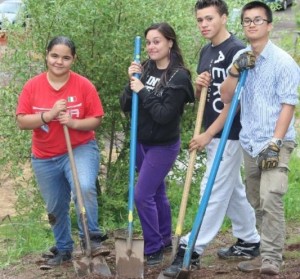
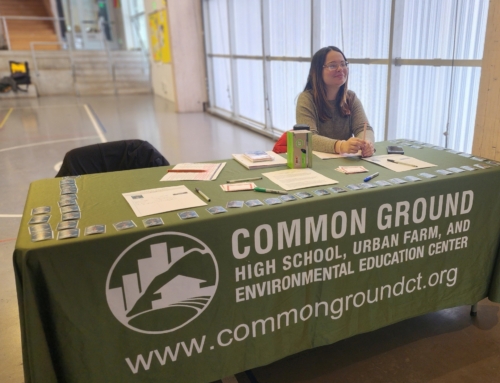
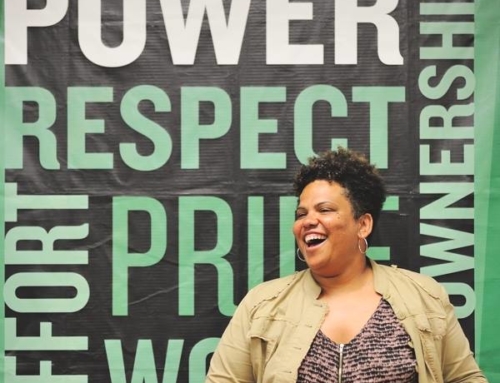
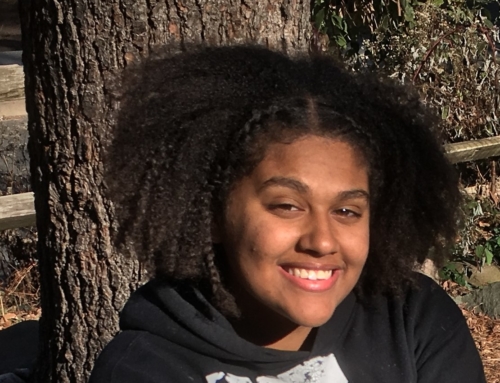
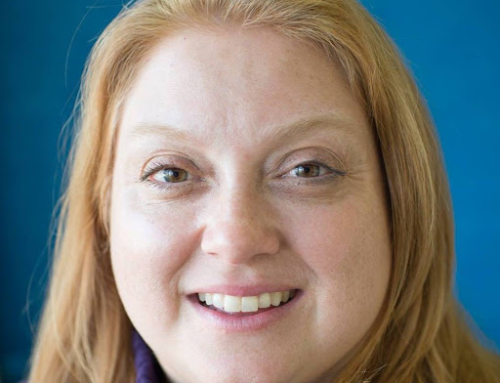
Leave A Comment